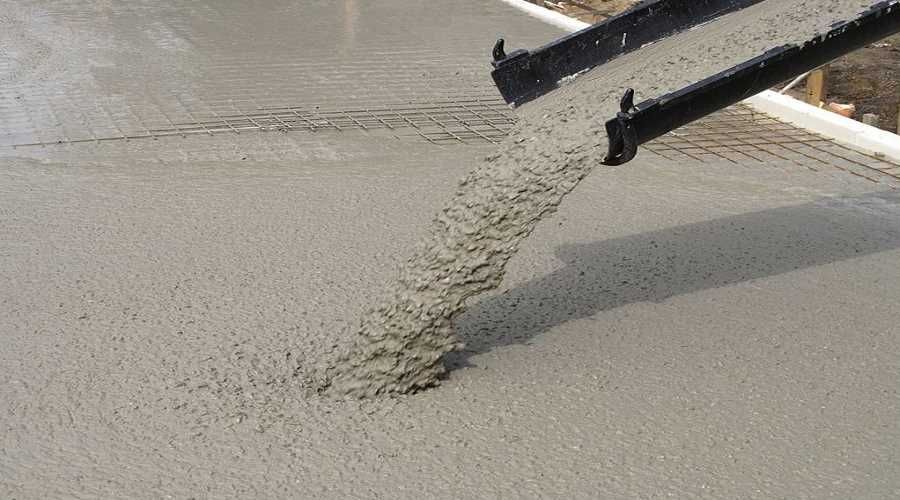A lost medieval village has been discovered in Silesia
A lost medieval village has been discovered in Silesia
The lost medieval village of Goschwitz, which scientists were already looking for before World War II, was discovered in the vicinity of Strzelin (woj. Lower Silesia) thanks to the use of airborne laser scanning. Without driving a shovel into the ground, it was possible to learn the size and layout of the settlement from several hundred years ago.
– So far, thanks to documents from the time ofoIn the Middle Ages, we only knew that the village of Goschwitz was founded at the end of the 13th century., and that its inhabitants paid tribute. Therefore, our research has yielded a huge portion of data, often surprising to us – mois told to PAP by Dr. Maria Legut-Pintal of the Department of History of Architecture, Art and Technology at Wrocław University of Technology.
The discovery was made through the use of airborne laser scanning (ALS), whichore makes it possible to study terrain formations located even under the cover of forest or meadows. Thanks to the information obtained in this wayob information managed to reconstruct the layout of a medieval village.
– We know that it was established at the end of the 13th century. and existed for only a few decades. Now, for the first time in Poland, we have the opportunity to study such a settlement – the phenomenon of village abandonment was very rare in the area, and most often subsequent buildings were built on top of the older ones – moDr. Legut-Pintal.
The village of Goschwitz was most likely founded by Bolko I the Severe, ktory began to develop areas aroundoł Strzelin. The village disappeared ca. half. XIV century. (poLater mentions of it ceased to appear in the sourceowritten sources), so it functioned for only one or two generations. PoLater, the area was forested.
– Such a situation can be attributed to theoThe site is similar to Roman Pompeiiow – we have here a consolidated state from a strictly defined period,” adds the researcher.
The central part of the village consisted of a rectangular square, the so-called “square”. nawsie. From the south to połnocy were adjacent to it homesteads, on which theore consisted of houses, barns, backyard gardensodki, and behind them on the outer side stretched cultivated fields. – Interestingly, on the image obtained, one can even see partially drawn boundaries between fields of individualolnych owners. This is a unique find in the Polish territory, the researcher points out.
For the historianow remains a mystery as to why the village was so quickly abandoned. Legut-Pintal indicates that the founding of the village was an investment by a local prince, whoora was to turnocić. However, it appears that in this case he made a bad assessment. Researchers assume that the inhabitants of Goschwitz oproThe inhabitants of the region were engaged in cultivation of the land (however, the soil in this area was not very fertile), searching for valuable oresow and activities of the goThe village is a unique site, as there were slate quarries in the immediate vicinity at the same timeow.
The data obtained are so precise that scientists can determine even the size of the houseow. It seems that these were multi-split structures, that is, adapted to life for multi-generational families. The same buildings were built roalso in the area of the Czech Republic. The outlines are visible to the measuring device due to the fact that the houses had stone foundations. The walls were probably made in a half-timbered construction.
It is also known what system of measurement was used at the time of village foundation. The basic unit was a rope with a length of approx. 45 m: the width of the village was 225 m (5 x 45m), its length was 405 m (9 x 45m). – We were also surprised to find that the system of measuring odroIt is different from that typically used for the location of towns,” the researcher said.
The central square was not built up, although in similar cases over time mohead to build bones on itoł or residential buildings.
The village consisted of approx. 20 zagrod. Interestingly – at the time of the village’s formation, those on poNorth of the square were rodifferent sizes. – This indicates that the process of localization involved people with roThe phenomenon of abandonment of villages was very rare in this region, and most often new buildings were built on older ones,” notes the expert.
Now scientists are preparing for archaeological research – in the autumn they will go to the field with geomagnetic apparatus, ktora will make it possible to look beneath the surface without excavations and learn more detailsołoIn the same period slate quarries were exploited in the immediate vicinityow Silesia. In recent years, thanks to remote sensing methods, several medieval towns were discovered – Dzwonowo and Stare Szamotuły (woj. Wielkopolska) and Nieszawa (woj. kujawsko-pomorskie), but so far – no village.


